The problem usually presents itself intermittently after a few hours' use when sound from Apple's new 2012 MacBook Air, which was announced during WWDC in June, is routed through the Thunderbolt display's speakers, reports Electronista.
It should be noted that as of this writing a single report claiming the same issue was found on the new MacBook Pro with Retina display, though it seems to be an isolated case not associated with the MacBook Air matter.
An Apple Support Communities thread started on June 23 is now six pages long though the issue seems to be affecting only a small number of users. Owners of both the 11-inch and 13-inch versions of the MacBook Air have reported identical problems, though some experience the issue more frequently than others.
The exact cause of the problem remains unclear though it could be related to how the thin-and-light's firmware handles audio output. Sound played directly through the MacBook Air's internal speakers are unaffected by the supposed bug meaning the issue lies in the interconnect.
Apple Thunderbolt display with MacBook Air. | Source: Apple
Forum members have speculated that the adaptor needed to connect Apple's new MagSafe 2 power connector to the Thunderbolt display's power cord is somehow related to the static. This seems unlikely, however, as owners have unsuccessfully attempted to switch adaptors and run the laptop without plugging in to the Thunderbolt display's power connector.
Most users have found that a workaround involving the switching between audio outputs solves the issue for a short time while others note that terminating and restarting an offending application gives temporary relief. Unplugging and replugging all connections also seems to remedy the problem.
Apple is aware of the issue though no official response has been released.
 AppleInsider Staff
AppleInsider Staff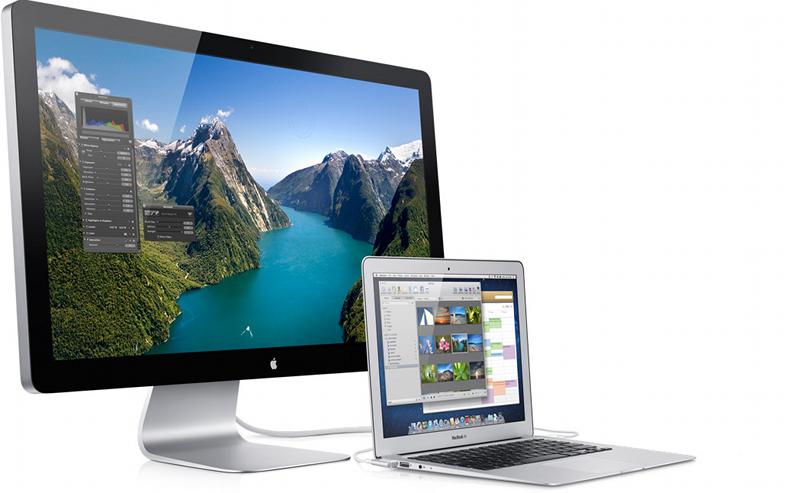



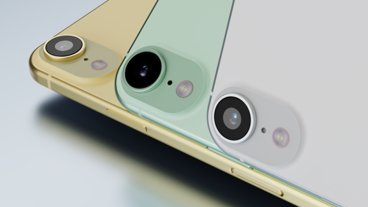




 Marko Zivkovic
Marko Zivkovic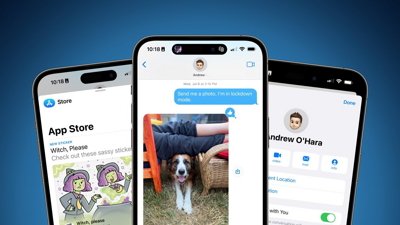
 Wesley Hilliard
Wesley Hilliard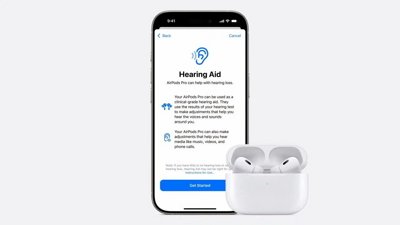
 Amber Neely
Amber Neely
 William Gallagher and Mike Wuerthele
William Gallagher and Mike Wuerthele
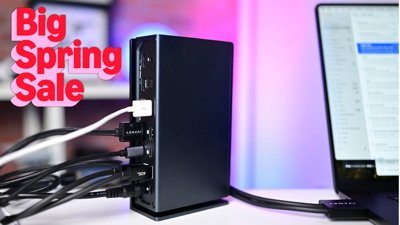
 Christine McKee
Christine McKee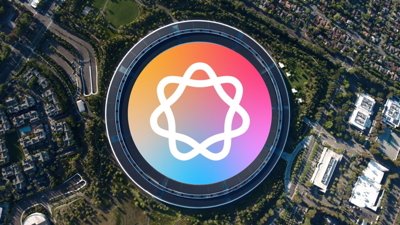
 William Gallagher
William Gallagher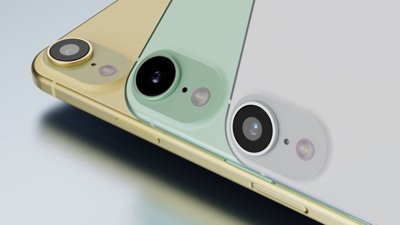
 Malcolm Owen
Malcolm Owen-xl-m.jpg)







25 Comments
i want a new 13" MBA
Translation:
Something happened to a few other people.
Not us, but we know because we heard about it on the internet.
We don't have a clue what it is but, ignoring Apple's excellent customer service record in regards to software and hardware issues, and considering it's a quite slow news day, we've decided to make a big deal of it and call it news.
Bummer, eh?
[quote name="GTR" url="/t/151313/apple-thunderbolt-display-exhibits-noise-issue-with-new-macbook-air#post_2148223"][B]Translation:[/B] ignoring Apple's excellent customer service record in regards to software and hardware issues [/quote] While it can never be proven, Apple does seem to resolve problems faster when they're given wider publicity. I wouldn't knock it, unless of course you've got too much invested in AAPL.
I find that an unusual take on the situation. I'm one of the "lucky winners" experiencing this problem - and my attitude, similar to most the people on that thread, is that we just want Apple to acknowledge the problem publicly (not the same as "high profile") and say that they're working on a fix. Then we can go back to enjoying our fancy new hardware until the patch is released. (We're optimistic it's a software problem, not hardware).
(and I agree with cpsro that that Apple tend to fix things quicker when they have wider publicity)
Translation:
Something happened to a few other people.
Not us, but we know because we heard about it on the internet.
We don't have a clue what it is but, ignoring Apple's excellent customer service record in regards to software and hardware issues, and considering it's a quite slow news day, we've decided to make a big deal of it and call it news.
Bummer, eh?
Yep. You're right. If you don't have an issue, or own Apple stock, suggest that people who dare pretend there might be an issue might be "making a big deal of [nothing]".
Apple's great. Some of the people gravitating around Apple kinda suck, if you ask me.
Bummer, eh?